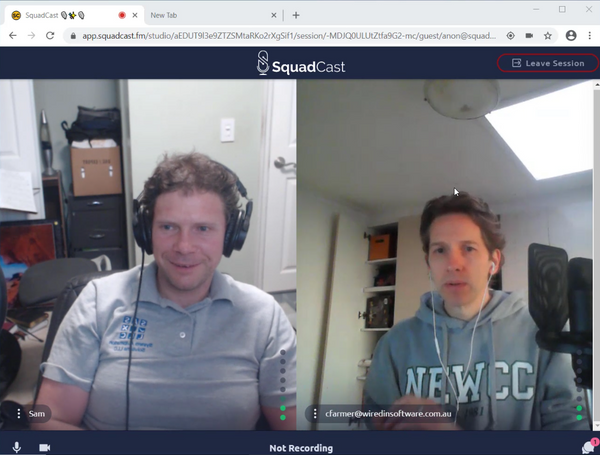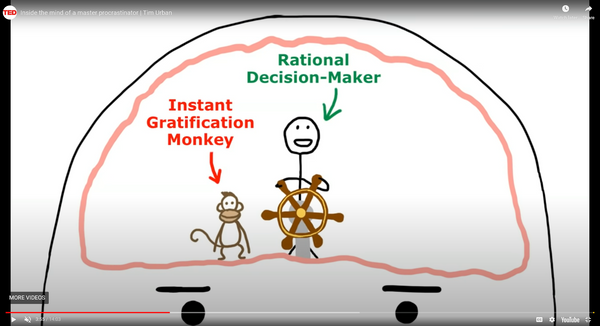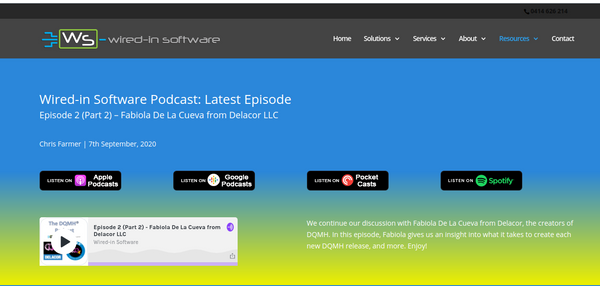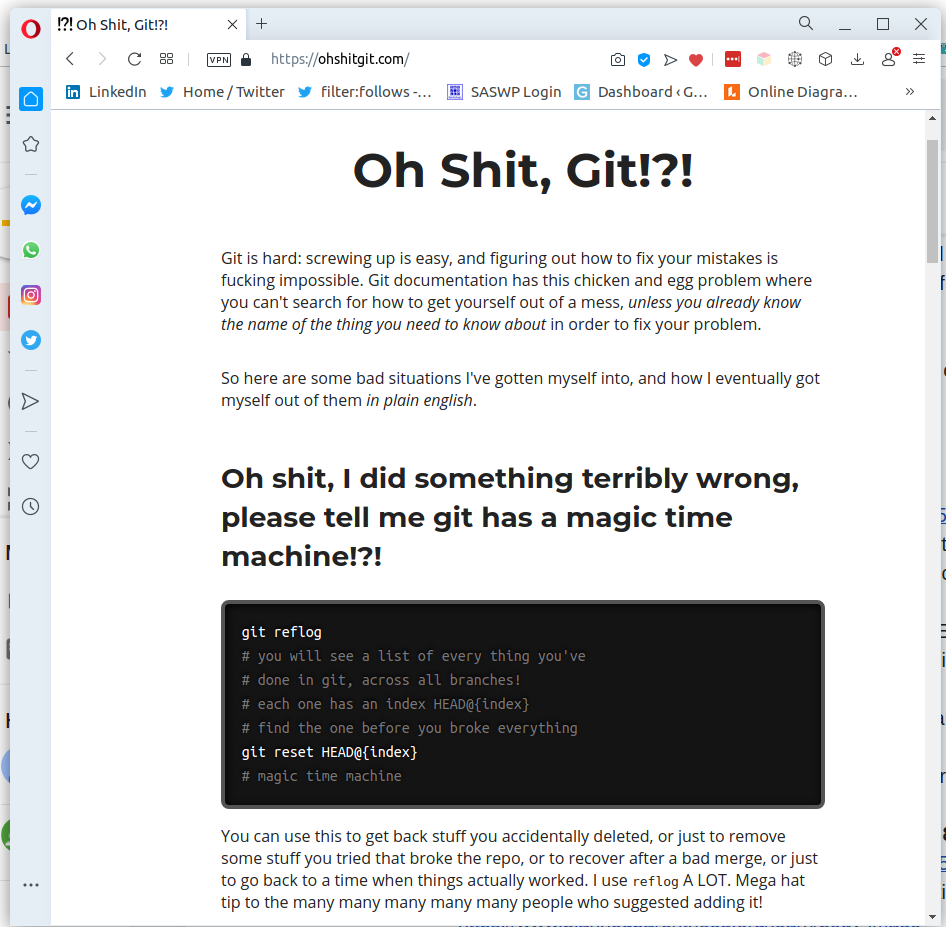

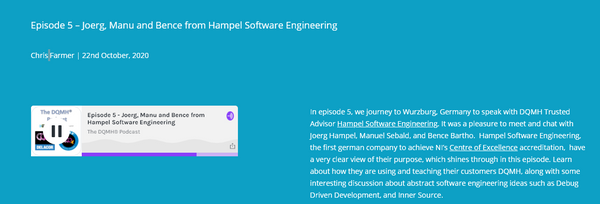

Continuous Integration vs Feature Branches
After reading the Continuous Delivery Book, I have been thinking a lot about branching strategies and Continuous Integration versus Feature Branching. I put together this little chart of the pros and cons of each.
Feature BranchingContinuous IntegrationTrustDoes not require trust. You can control via GitLab who can merge into main
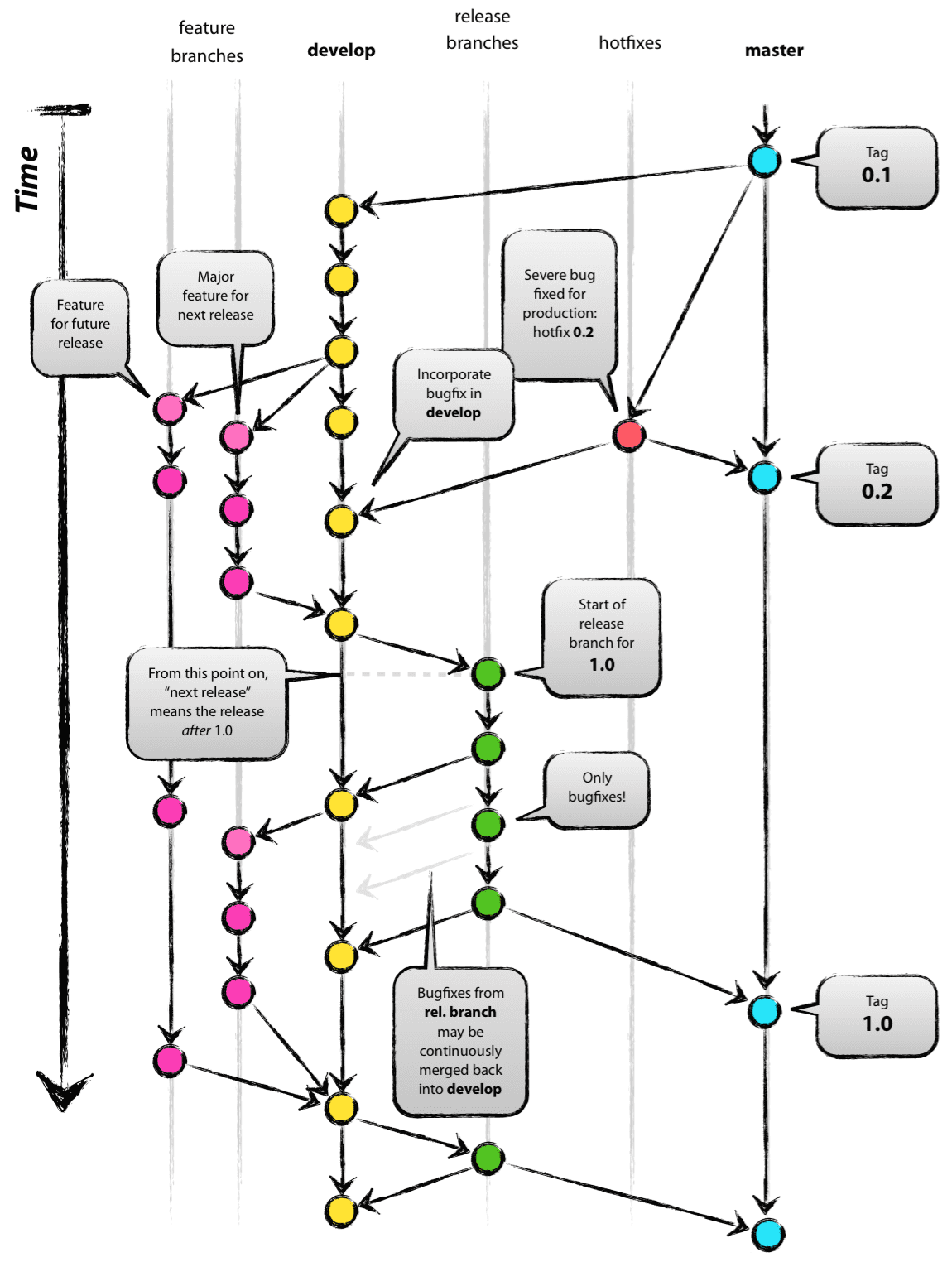
Fowler's Branching Patterns
Martin Fowler is prolific writer about software development. One of his more well-known books is probably Refactoring. He also has a blog with lots of good content. After reading the Continuous Delivery book and working on my Using Git Effectively course, I have been thinking a lot about branching strategies.

Keystone Pattern
Reading the Continuous Delivery book recently has got me thinking a lot about ways to achieve continuous integration while still adding new features. The book suggested Branch By Abstraction as a way to avoid stepping on each other’s toes. It also mentioned the Keystone pattern.
The real problem the
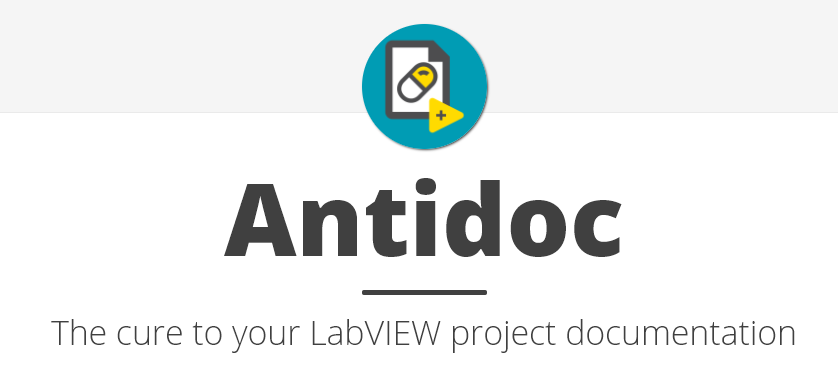
December 2020 Webinar
Antidoc – The Solution to Documentation
December 15th, 11:00am MT
We believe in finding better ways to write software. You can be productive and still have fun. We help developers be more productive and have more fun by taking complex software engineering topics and breaking them down into small pieces
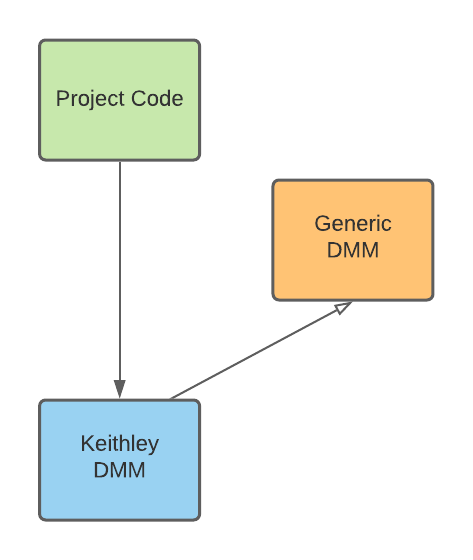
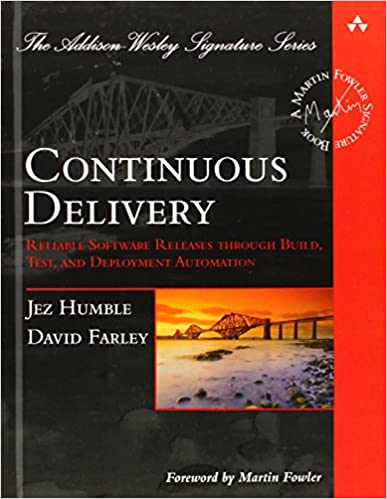
Continuous Delivery
A year or two ago, I was talking to Nancy about my interest in Continuous Integration (CI). She put me onto this book called Continuous Delivery (CD). It’s a little dated. The technologies have changed but all the principles still apply. If you are interesting in learnig more about
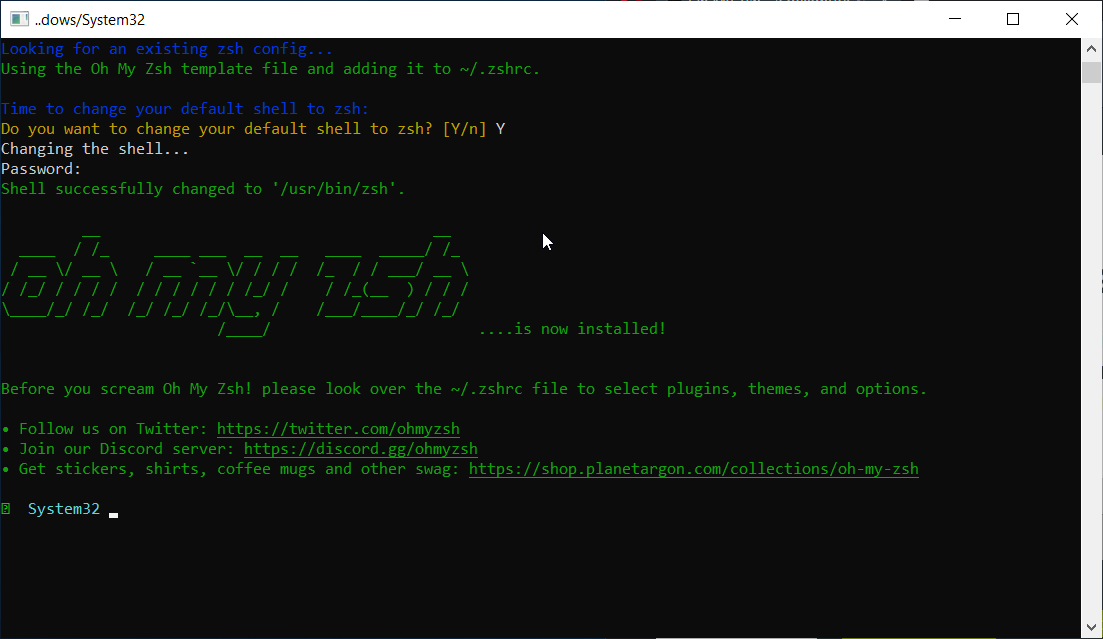

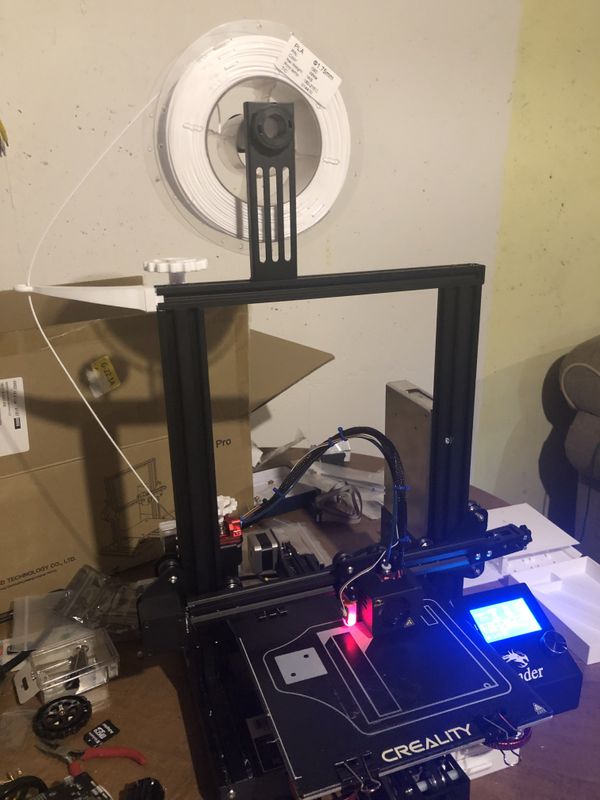


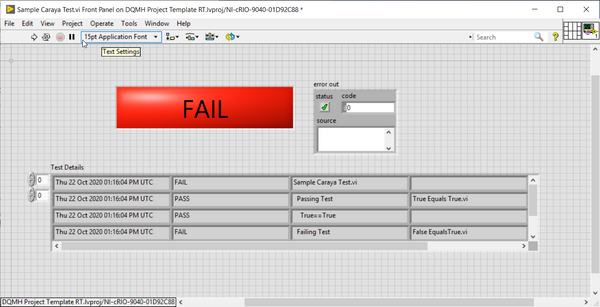


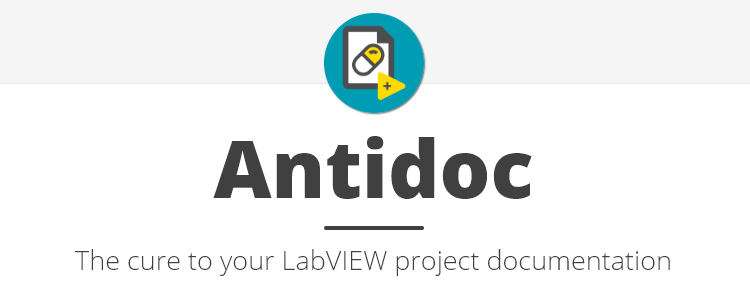
Don't Waste Time Manually Writing Documentation
We all know documentation is important. Our software will likely need to be updated and upgraded at some point, oftentimes by another person who is unfamiliar with it. Even if we are the ones doing the updates we may not remember all the important details. That is why documentation is


